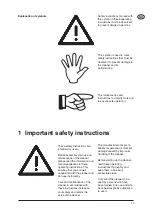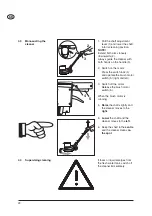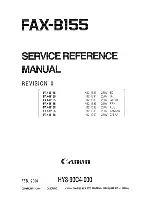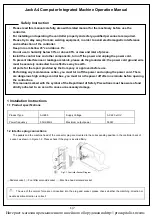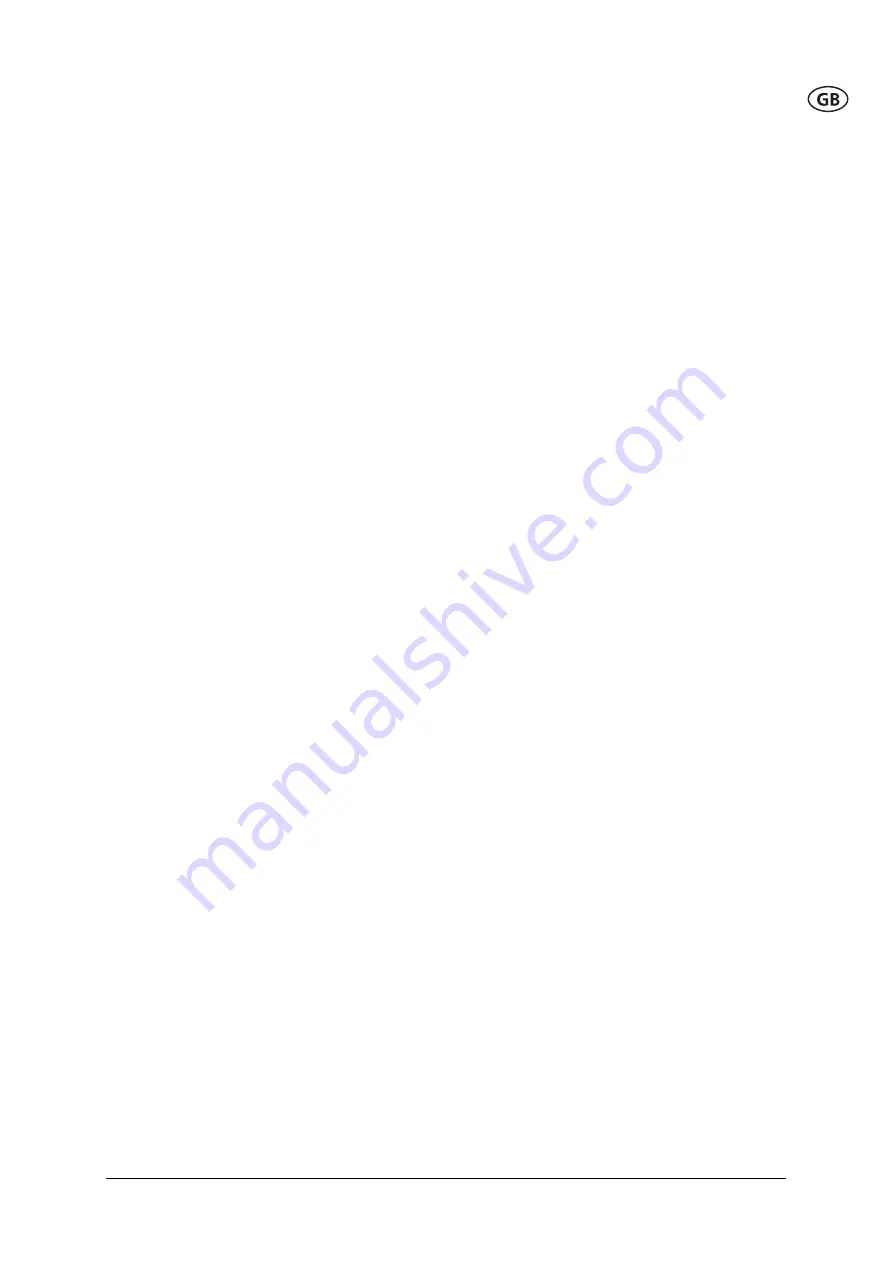
23
5 Applications and cleaning
techniques
Floors can be effectively
cleaned by following a few rules
in combination with your
experience in special areas.
5.1.1 Thorough cleaning
Attached dirt and/or worn
protective films or other
residues that impair the
appearance of the surface are
removed.
Generally, thorough cleaning is
only necessary at long intervals.
5.1.3 Shampooing
Cleaning of carpets with
brushes using a suitable
shampoo solution followed by
removal of the dirty foam by
vacuum action.
If used correctly, accessories
and cleaning agents can
enhance the cleaning effect. A
few basic rules are stated
below.
Aim/results:
The surface has
•
no attached dirt
•
no worn protective films
•
no other residues
The surface has
•
no smears or spots
Aim/results:
The surface has
•
no attached dirt that
penetrates into the pile
•
no superficial dust or fluff
5.1
Cleaning techniques
5.1.2 Routine cleaning
Routine cleaning means
cleaning work at defined
intervals.
Aim/results:
Different aim/results depending
on the cleaning work
concerned.
5.1.4 Spraying
A hand spray can or a spraying
attachment on a floor cleaner is
used to distribute the cleaning
agent on to areas on the floor
where there are stubborn stains
and worn protective films. These
areas are then polished by the
cleaner using suitable cleaner
pads.
Aim/results:
The surface has
•
no stubborn stains, rubber
heel marks, scratches or
drag marks
Areas with worn protective films
are treated and made to match
the surrounding surface. The
appearance (polish) is uniform.
5.1.5 Polishing
Mechanical action with pads on
floor coverings treated with care
agents.
Special polish effects
depending on the type of care
agent used.
Aim/results:
The surface has
•
no signs of use, heel marks,
drink stains
The appearance of the care film
is uniform.




